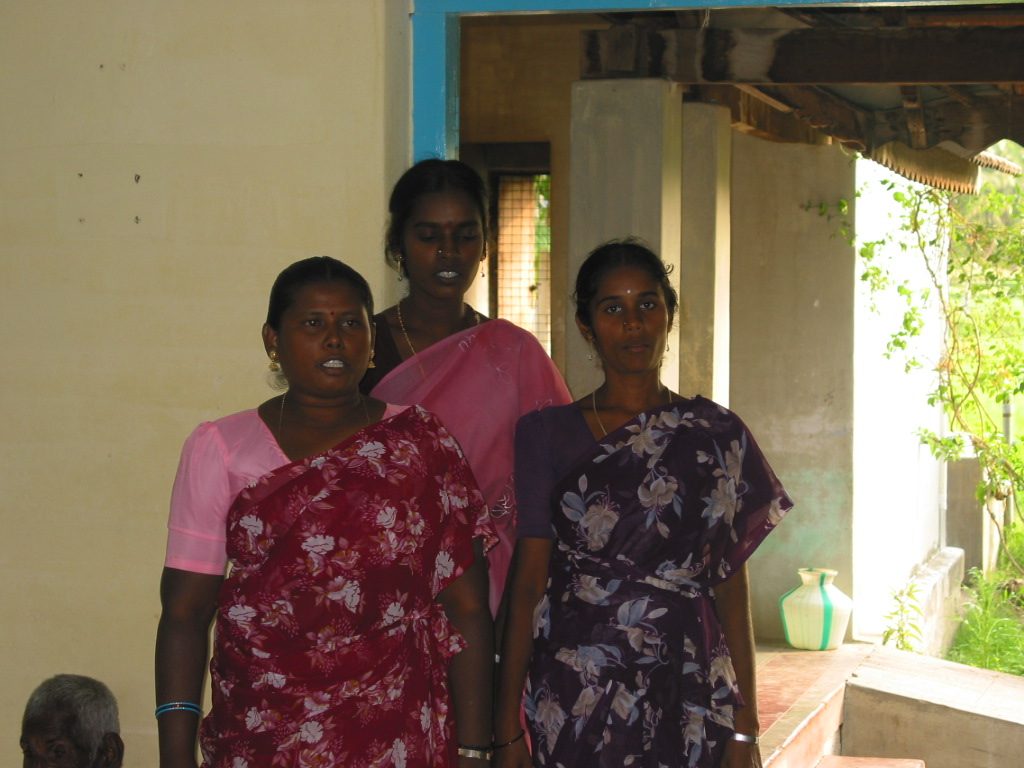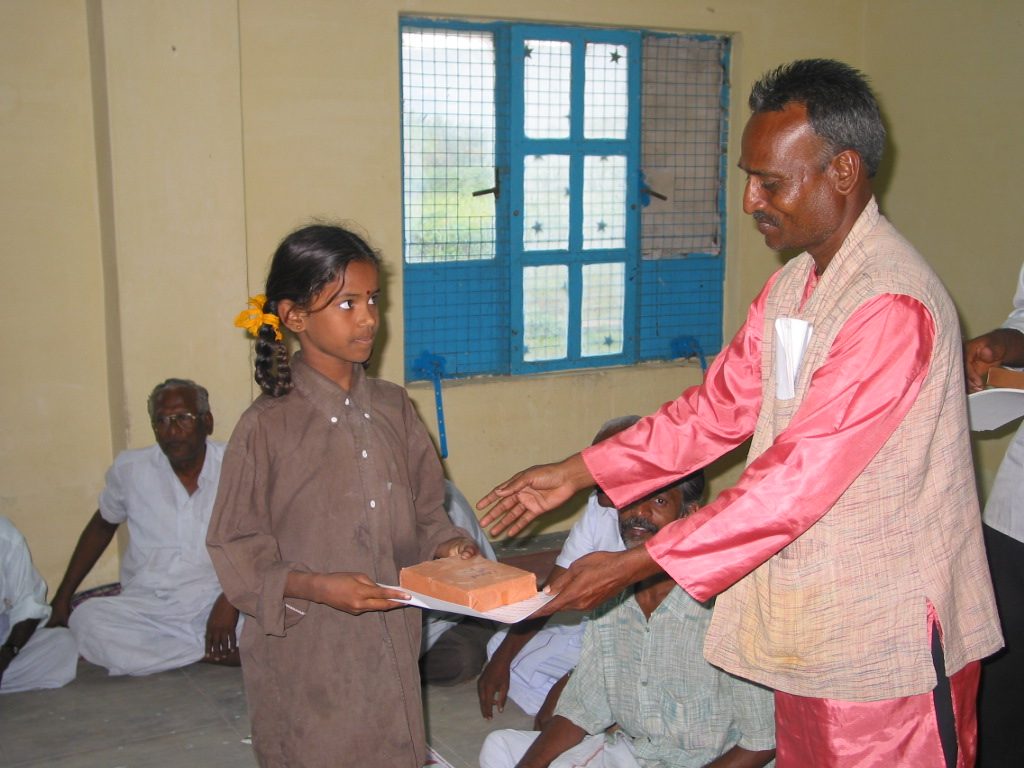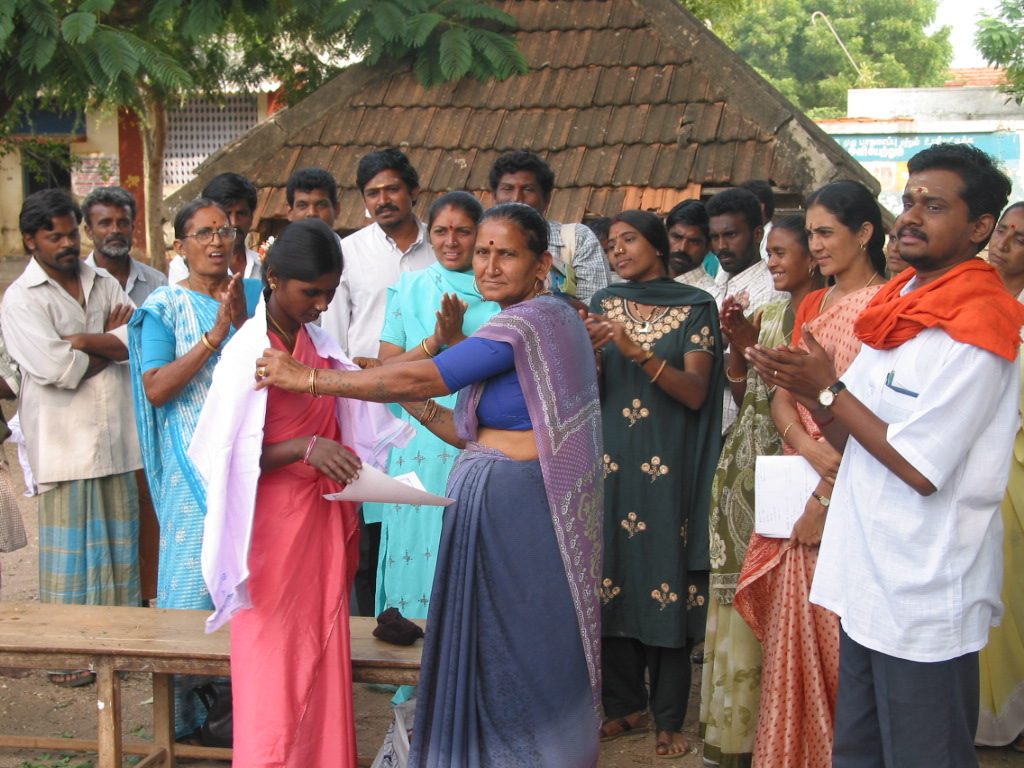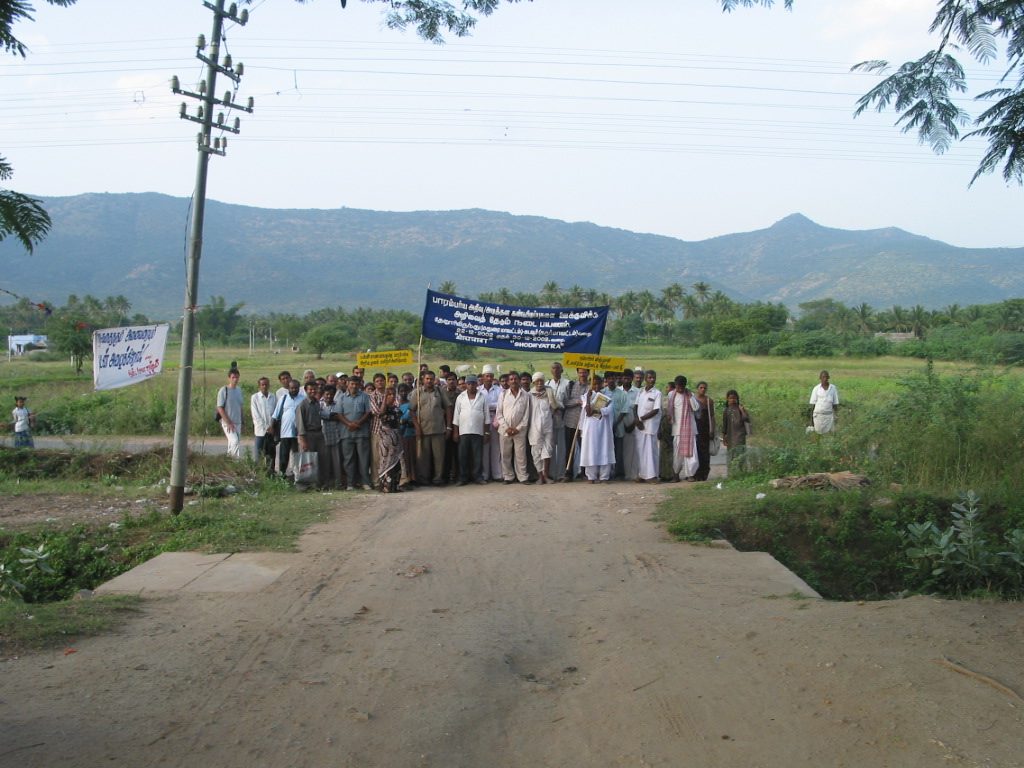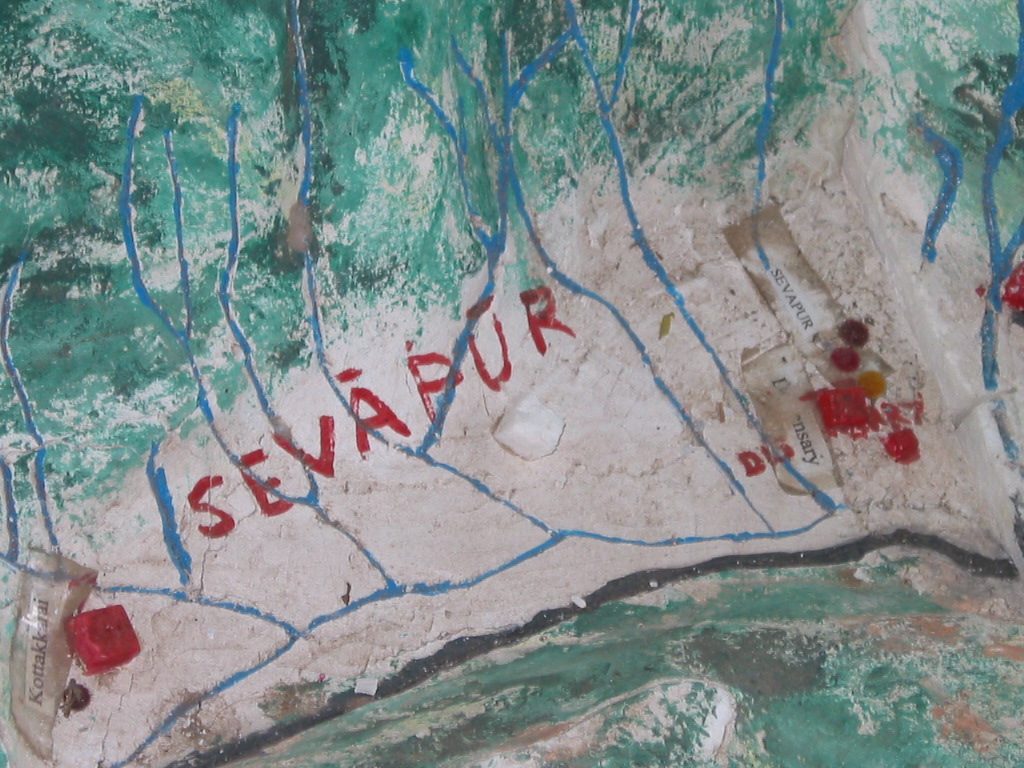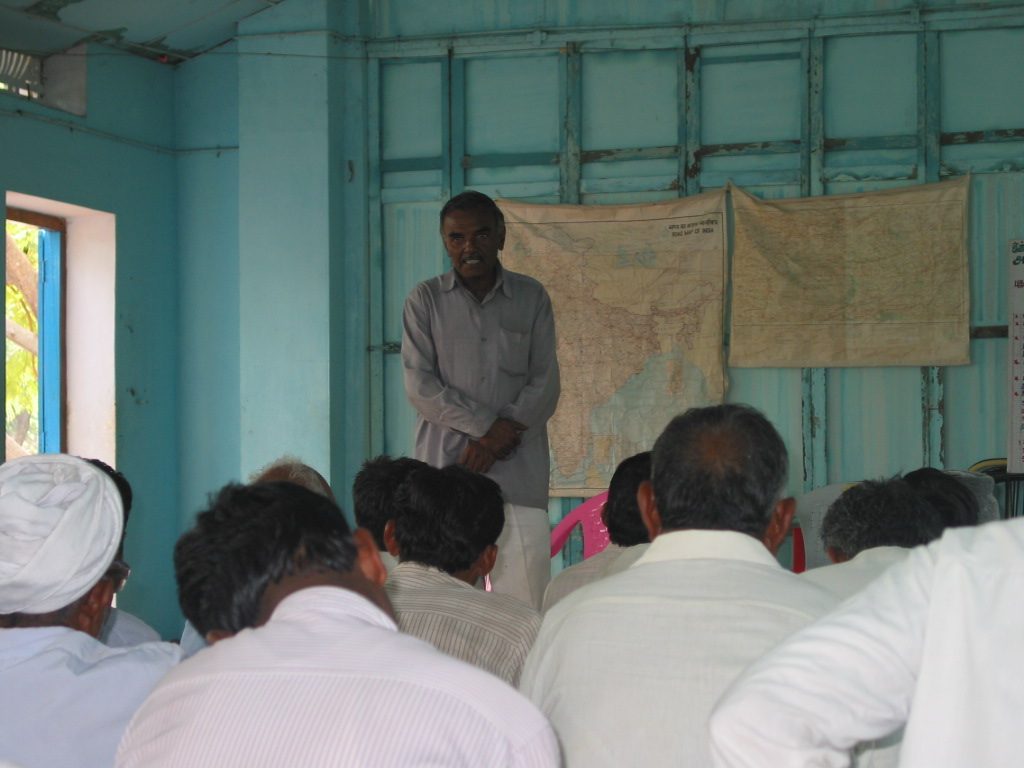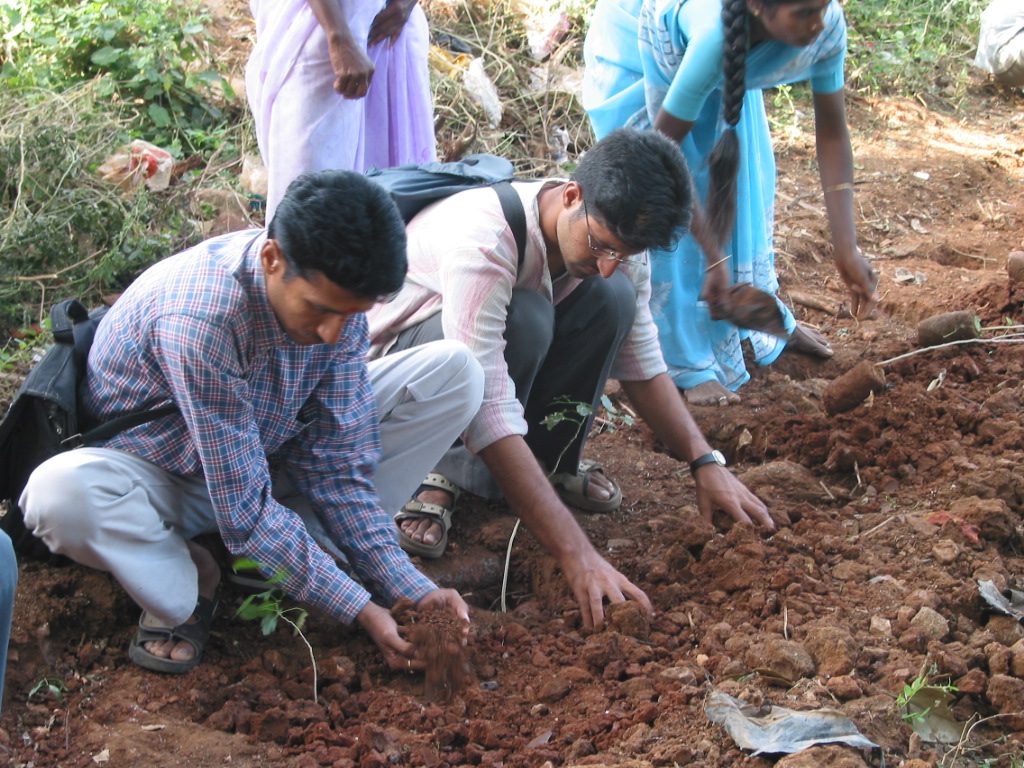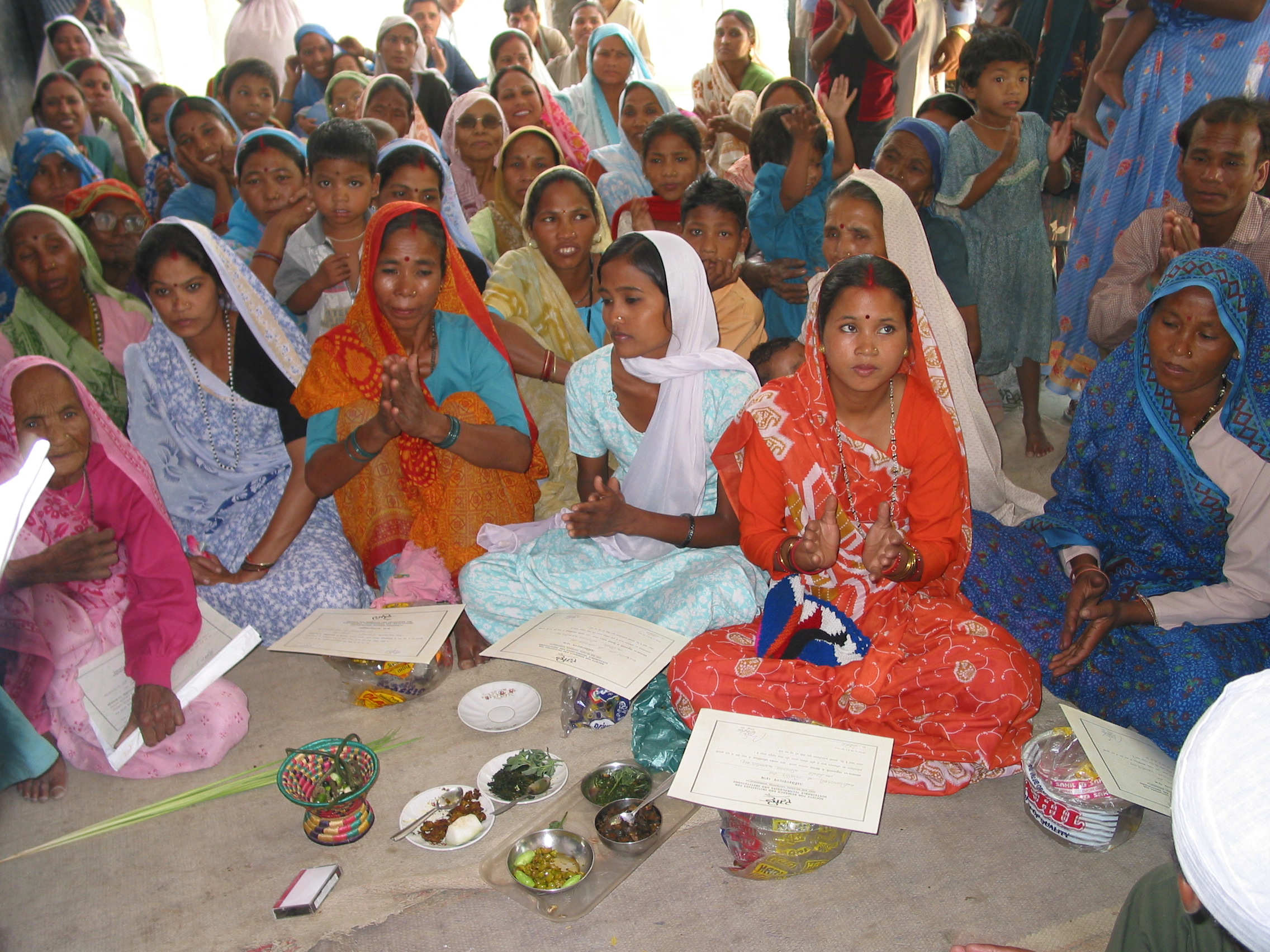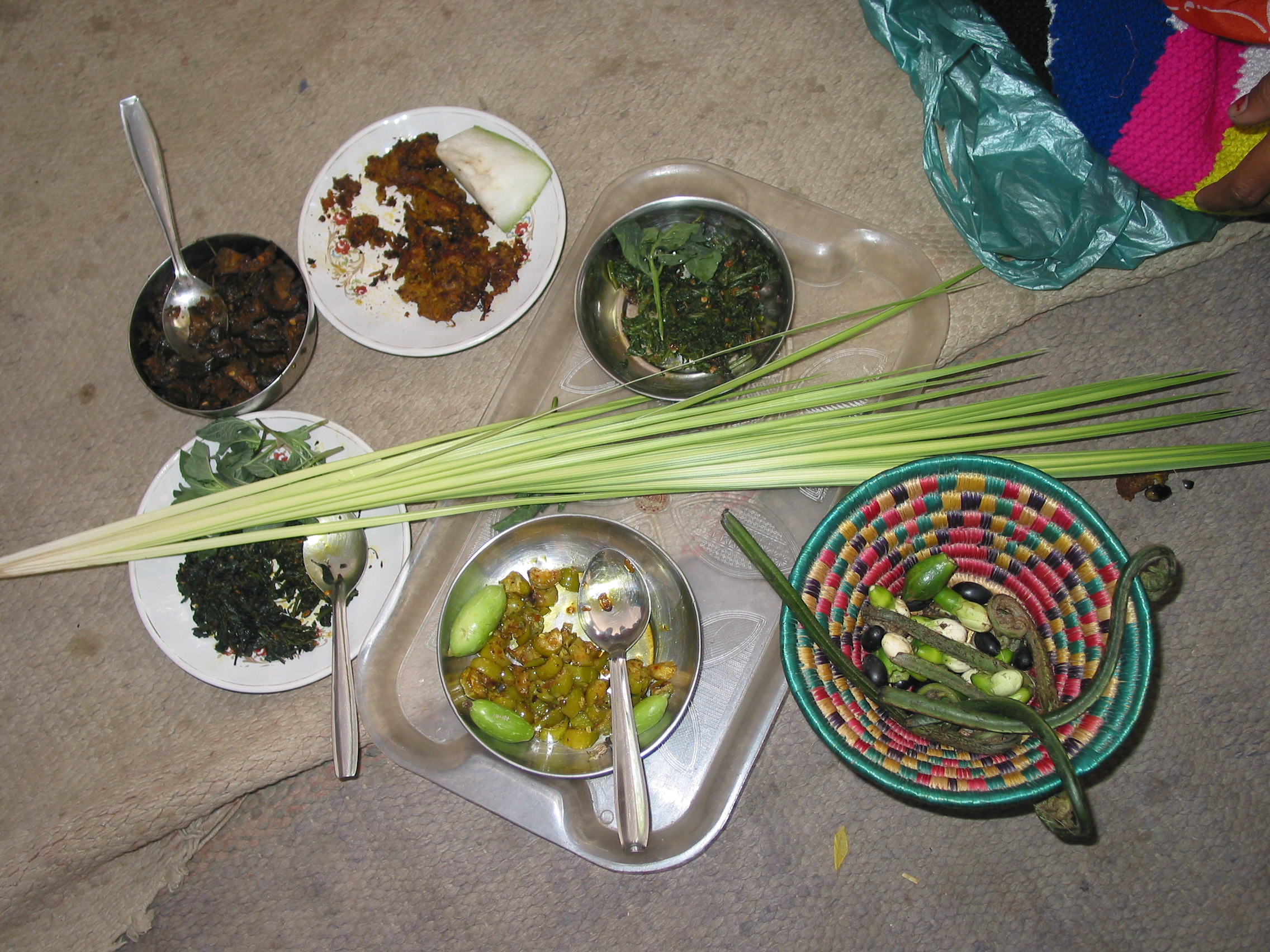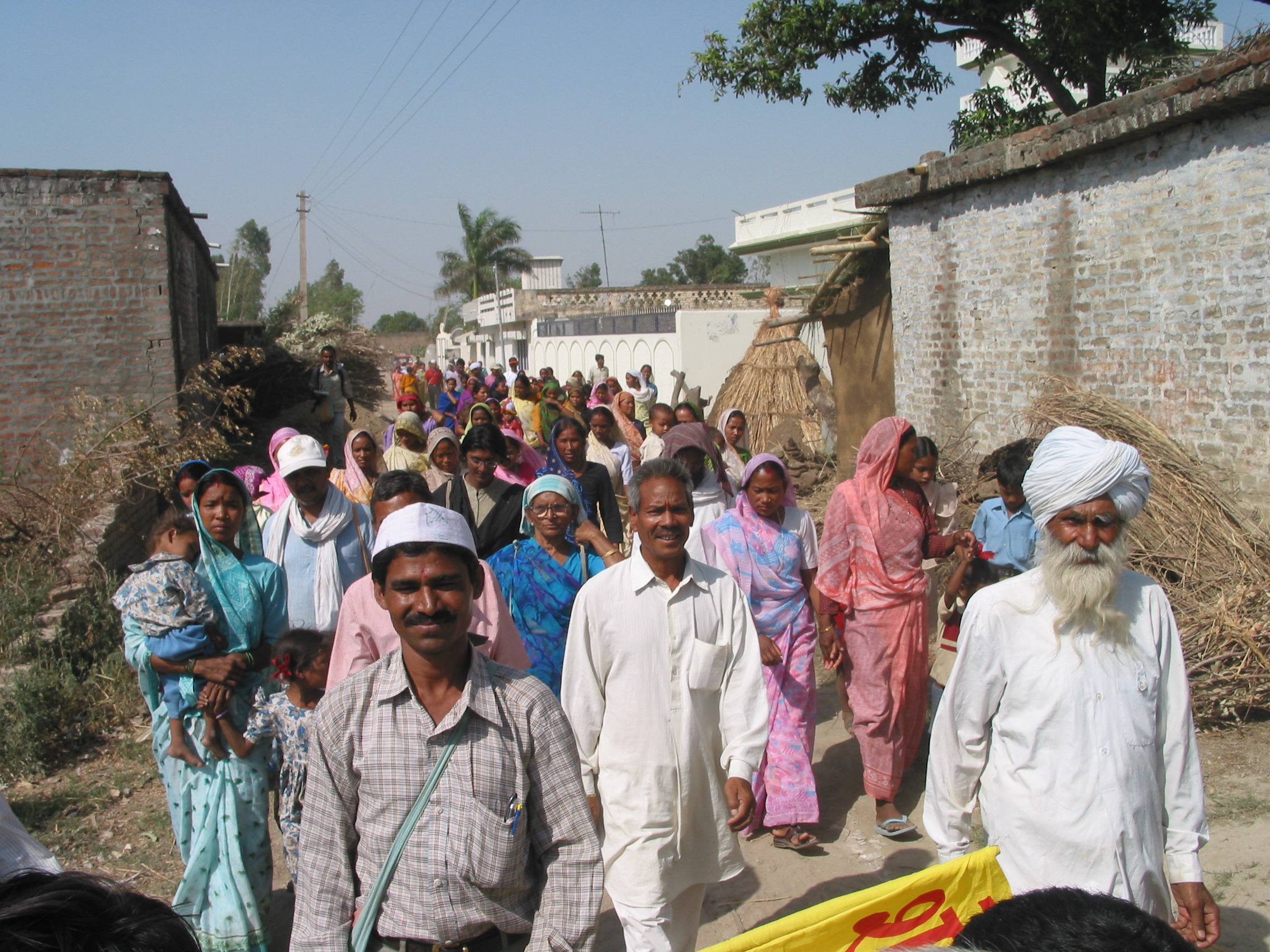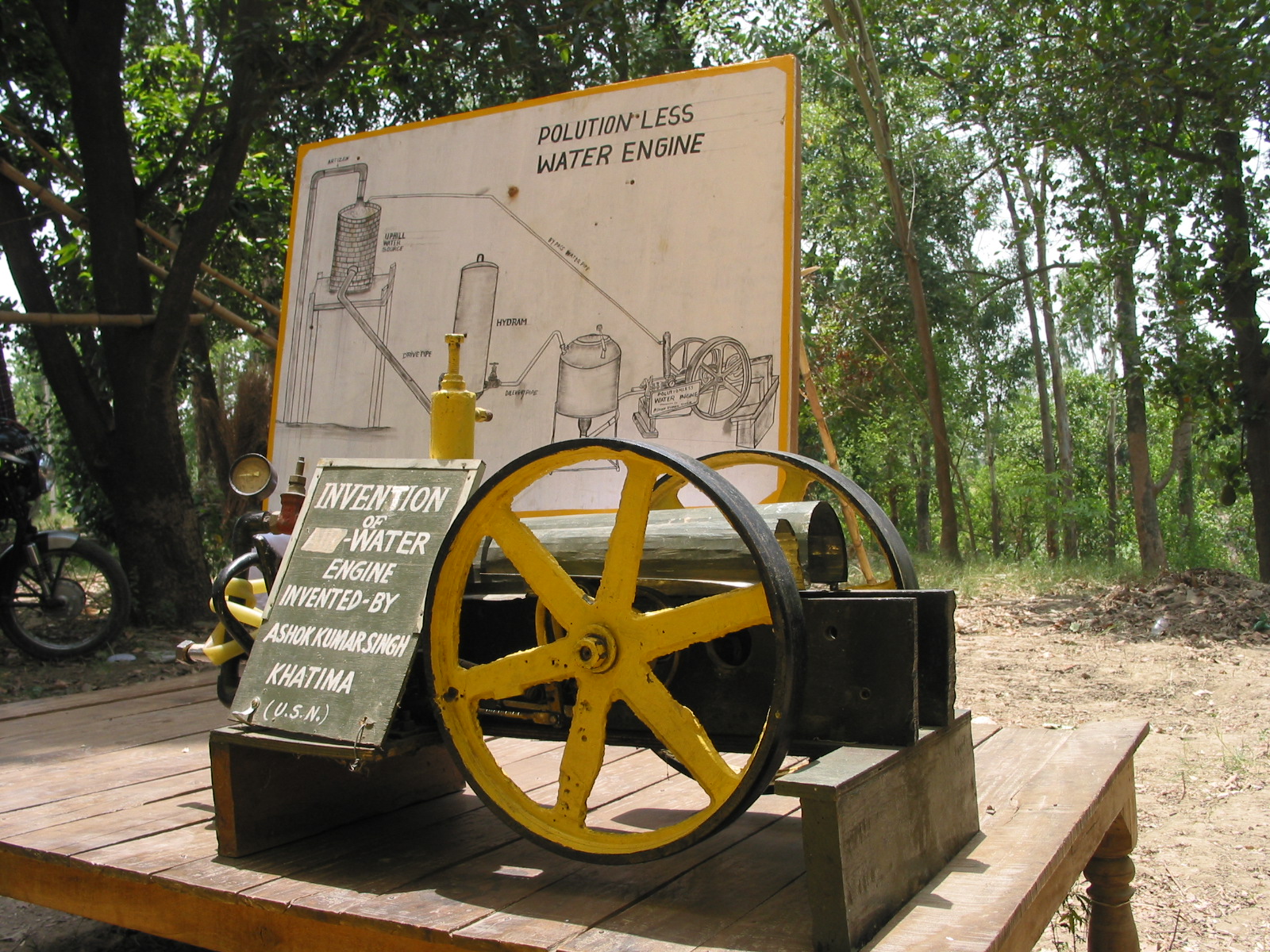Get Next Shodhyatra Update:
Phone:
079-27913293, 27912792
Email:
shodhyatra@sristi.org
10TH SHODHYATRA, THENUR TO SEVAPUR (TAMIL NADU)
The 10th journey of exploration that is shodh yatra had all the ingredients that make a journey of this kind successful: dissemination and documentation of traditional knowledge and grassroots innovations, popularising the concept of organic farming, exploration into the lives and minds of innovators, meeting with interesting people, camaraderie, cultural exchange, some sad facts about extinction of flora and fauna and a bit of historicity.
The yatra, which was jointly organised by the Sustainable-agriculture and Environmental Voluntary Action (SEVA) and the Covenant Centre for Development (CCD), passed through 38 villages in three districts of Tamil Nadu to cover a distance of 135 kilometres. The beginning of the yatra ushered in the historical element.
It started from a place in the Thenur village of Madurai district where Mahatma Gandhi, having seen some farm workers shivering on 22 September 1921, had taken the pledge to adopt a simple cotton dhoti as his dress.
One can recall the Gandhian influence on the Indian freedom movement in this setting: a secular network (the Honey Bee Network), support base at the grass roots, participants representing cultural diversity of India (around 50 yatris were farmers from Gujarat, which included women too), a few participants from outside India (Mark Davies from the UK chapter of the Honey Bee Network stayed with the yatra throughout), a bit of religion (the yatra started with a small prayer in Thenur) and lots of travelling on foot. No wonder the veteran freedom fighters of Thenur came forward to bless the yatra and wished that India become innovative, prosperous and free of violence.
Gandhi may not be a very popular figure with the urban masses anymore, but scholars understand the importance of his stress on the grass roots. In this context, Kandasamy, the principal of the College of Gandhian Thoughts, Madurai University, said that the Indians should make innovative spirit one of the principles of life. He further added that the uneducated innovators who solve common problems of rural and urban living should be encouraged, both at the unofficial as well as the official level.
One of the strengths of the HoneyBee Network is that it is completely a people-driven web, where some people participate in an event like shodh yatra as guests and for the next event they play host. All the activities related with the yatra, especially documentation of innovations and traditional practices, are conducted by the yatris themselves. The director of a local non-governmental organisation CESI Rajagopal appreciated the aim of shodh yatra during the inauguration ceremony and said that the good thing about it was that the idea of the yatra had been developed and executed without any government assistance by using the strength of the Honey Bee Network. He also said that the purpose of the arivaithedum nadaipayanam (another term for shodh yatra) was to create awareness among people and governments about the importance of documentation and dissemination of grassroots innovations and traditional knowledge.
He felt that the governments could be pushed to act in favour of grassroots innovators thus. Another important aspect of this people-driven activity is that people of all age groups and both the sexes are involved. So when five herbal innovators – Ilankovan, Muthumari, Rajendran, Angammal and Rakkammal – were honoured during the inauguration ceremony it was ensured that the eight students of Thenur Middle School who had helped in scouting and documentation of the practices of these innovators were also given certificates.
A complete contrast to these children was 95-yearold Rupabhai Hirabhai Hatheela from the Sarjumi village of the Dahud district of Gujarat, who came for the yatra despite the fact that his wife had expired just eight days before the start of the yatra.
He walked for the full distance and to hichever village he went to people honoured him with garlands for showing such zeal at a ripe age.
The yatris met an interesting traditional knowledge holder Karunanithi, an employee of the state transport corporation in Villupuram, who has planted more than one lakh saplings in different parts of Tamil Nadu in the last 10 years. The fond memories of his childhood in Thiruvannamalai motivated him to embark on this mission. He remembers the festival of Lord Shiva in those days, where the festivities centred around thick vegetation. He also remembers weekly markets under these trees. He plants the saplings which are useful not just for human beings but also for birds and animals. Now he has set himself a rather ambitious task of planting one sapling for every living Indian! When the yatris reached Katchakatti village they were shocked to know that the number of black sheep in the village had come down from 25,000 to 500 in the last 25 years due to their proneness to bluetongue disease 1. Another problem the Karunanithi gifting saplings to the shodh yatris villagers faced was about the denial of grazing facility to their sheep in the forests due to a forest management programme launched by the state government to protect the forests. How important these sheep are in the lives of the Katchakatti villagers can be understood from the fact the male sheep are used as gifts during marriage ceremony. Each adult male sheep costs around Rs 9,000 and weighs between 20 to 25 kilogrammes. Male sheep also take part in duels during the local festival. During Pongal (a traditional festival celebrated by farmers on 14th January) sheep duels are arranged. The defeated sheep is handed over to the owner of the winning sheep along with Rs 10,000 as the prize money. The villagers also place bets on the participating sheep. Nandakumar, an organic farmer from Pollachi, was honoured for his innovative water harvesting practices and soil erosion control measures, which he managed to achieve by cultivating vettiver (Vetiveria zizanoides). The farmers of Tamil 1. Bluetongue is an athropod-borne viral disease for both domestic and wild ruminants. Cattle and wild ruminants serve as reservoirs for the virus. Differential diagnoses of bluetongue in sheep include Orf (contagious ecthyma), foot and mouth disease, any vesicular disease and sheep pox. The affected sheep show signs of transient fever (up to 106 F), edema of the face, lips, muzzle and ears, excessive salivation and hyperemic oral mucosa. (Source: http:// www.addl.purdue.edu/newsletters/2002/spring/ bluetongue.htm.)
Nadu are slowly waking up to advantages of organic farming. The main reason for this shift is the rising cost of farming due to finding alternatives to the scarcity of water and electricity in the state. The organic farmers from Gujarat exchanged some organic practices with their Tamil counterparts. In Manckampatti village the Gujarat farmers visited a dying guava garden; they immediately offered some organic solutions.
Tamil Nadu has a rich tradition of herbal healing. The shodh yatris experienced the fact first hand when they visited a herbal healers’ camp in Thethoor Metupatty. The SEVA volunteers used this opportunity to document the knowledge of herbal healers. Another important aspect of the rural life of Tamil Nadu is the presence of numerous self-help groups. Herbal healers and self-help groups have a mutually beneficial professional relationship. A herbal healer from Puthur village told the yatris that the healers sought help from these groups to protected the plants which are used in the preparation of herbal medicines and it promoted the growth of the groups.
SOME TOUCHING INCIDENTS
During the 10th shodh yatra the travellers witnessed some interesting and touching incidents, some of which are described below: Bhimabhai Patel of the Dhabudi village of the Dahud district of Gujarat was persuaded to take a vow by fellow travellers to give up drinking: a vow he has kept since then. At one place all the travellers were required to take their footwears off and sit on a raised platform.
They had thought that since nobody was guarding the footwears some of them may go missing. But, to everbody’s surprise, not one pair was out of place at the end of the day.
On the last day of the yatra the farmers from Gujarat were asked to name the most important aspect of the yatra. One of them said that he could not help marvelling at the fact that he did not see wrinkles on the forehead of any woman who had welcomed them in different villages.
FLICKR GALLERY
